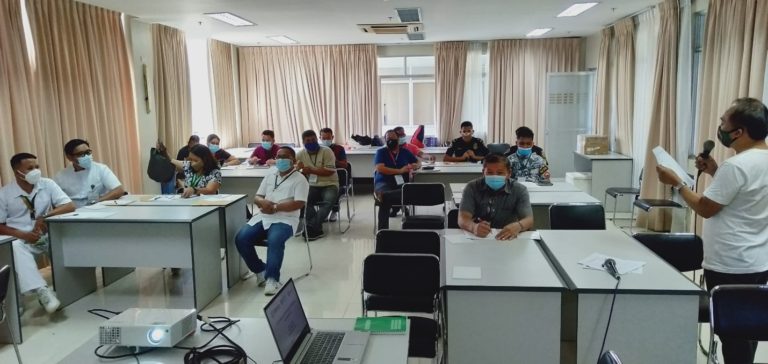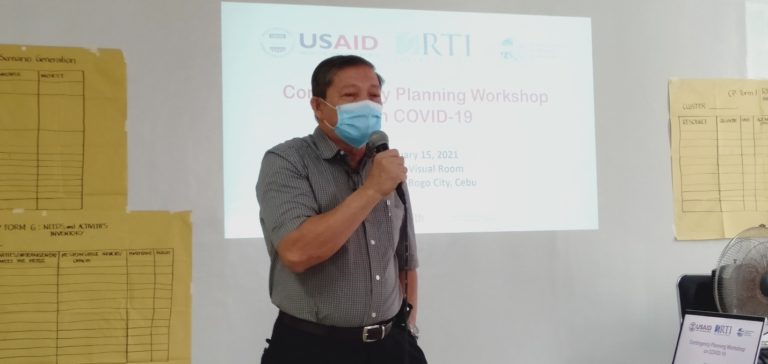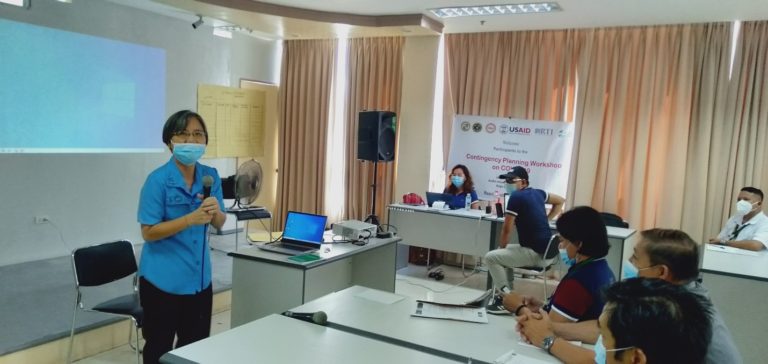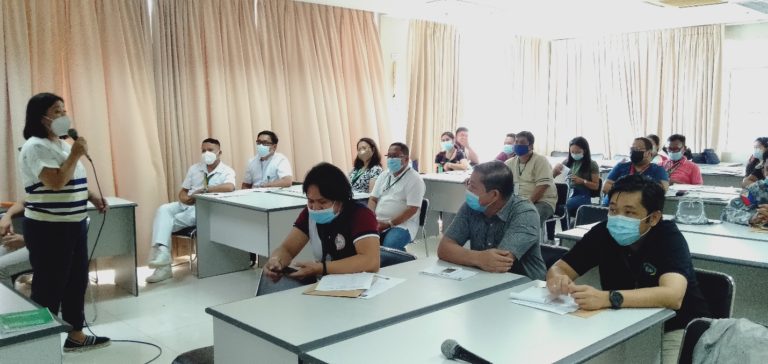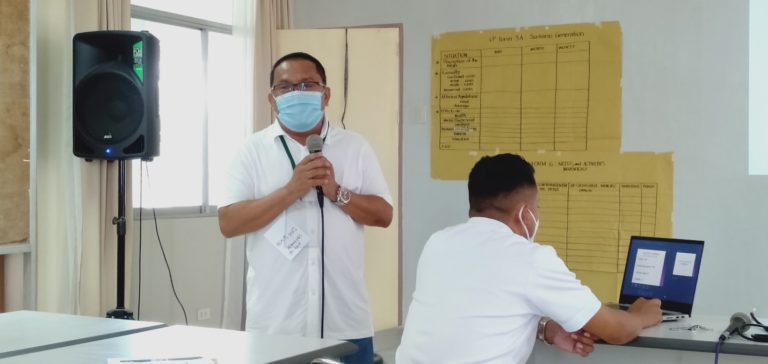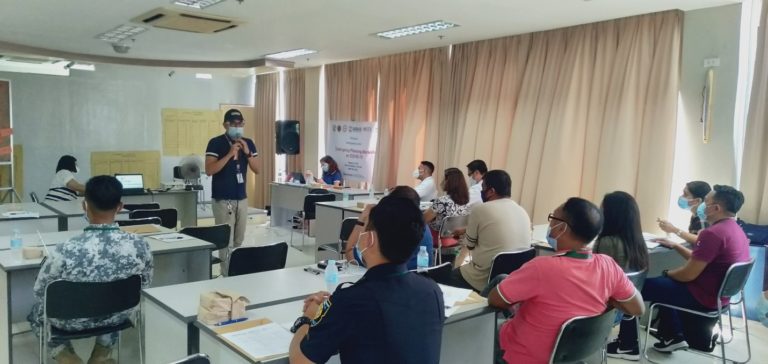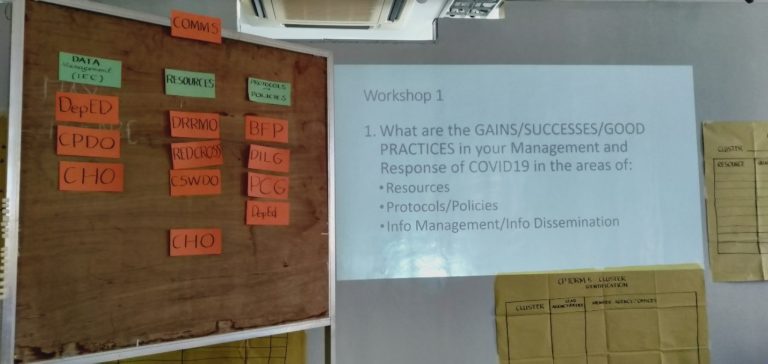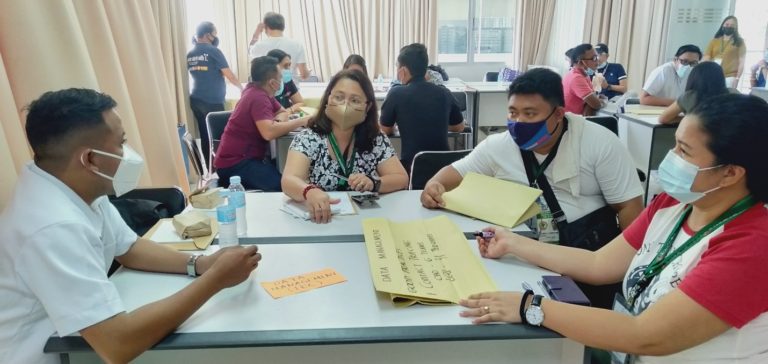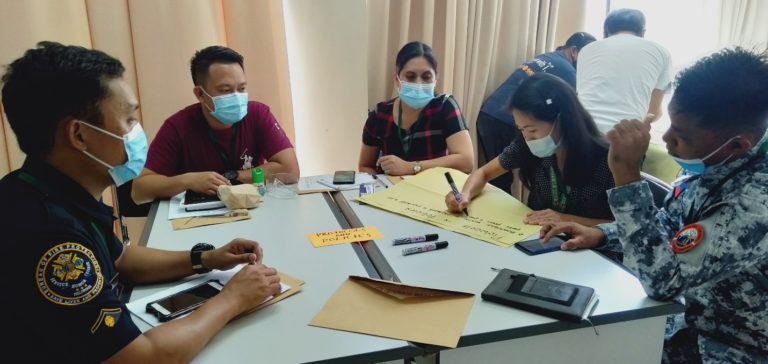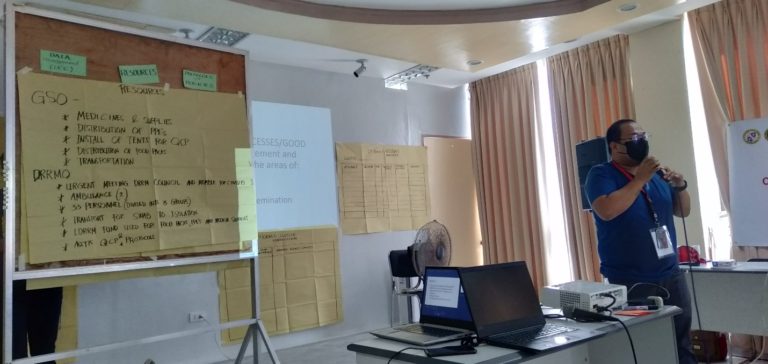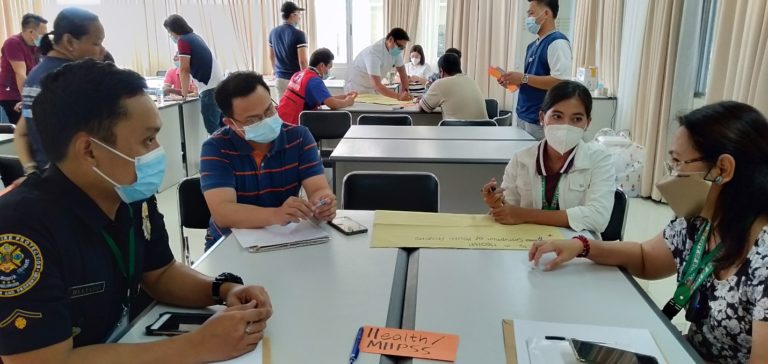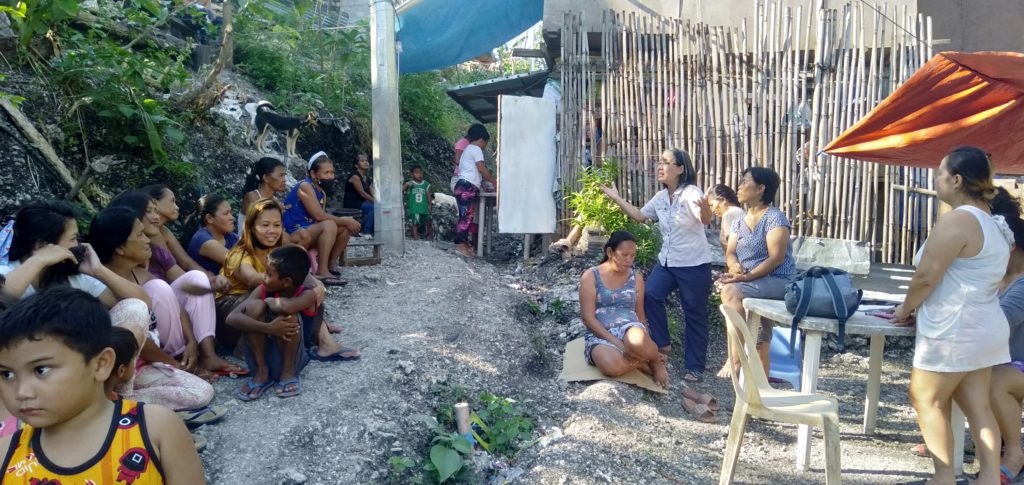A contingency planning on COVID-19 was conducted for government officials of Bogo City last January 14, 2021 at the Bogo City Hall audio-visual room.
There was a total of 26 participants. They came from the following agencies or offices, namely: City Health Office, Local Disaster Risk Reduction and Management Office, accounting office, budget office, Department of Education, City Social Welfare Service and Development, General Services Office, Bureau of Fire Protection, Philippine National Red Cross, City Planning and Development Office, Philippine National Police, and the Philippine Coast Guard.
As COVID-19 is an epidemic and a serious health problem, a contingency plan for it should be made. It had been nine months since the first local case was reported in the Philippines and breakthroughs in describing it, controlling it and mitigating its effects have been achieved in great strides and unprecedented ways. Statistics show that in Bogo City, there were only few cases. However, there was still the possibility that there could be a sudden surge in the number of cases of COVID-19 in a barangay or in the municipality in the future.
By making a contingency plan, the local government unit maps out what are the possible scenarios that can happen with the COVID-19 pandemic, and what can be done to address them. Since the LGU has already established protocols and measures in the control of the epidemic since the start of the pandemic, it shall use them in the contingency plan. Thus, the contingency plan shall also document how they have managed the COVID-19 pandemic in their locality, the manpower, logistics and other resources poured in controlling the epidemic. A contingency plan also looks at the needs that may not have been met, and the gaps between the available resources and such needs, in order to come up with measures on how to address those gaps.
The workshop opened with an invocation, national anthem and opening remarks by City Administrator Antonieto Suico.
The participants were then introduced by the emcee project team leader Edgar E. Gahisan. Dr. Erlinda Posadas then gave an overview of the project implemented by the VPHCS citing the various activities on “delay, contain and mitigate the effects of the pandemic” since August 2020 until the present.
Mr. Gahisan then introduced the workshop’s facilitators who are from the Cebu Provincial Disaster Risk Reduction and Management Office (PDRRMO). They include Neil Angelo R. Sanchez, Rhee S. Telen, Jr. and Emily N. Lagrimas, and Josephine Aves.
Ms. Lagrimas then followed on an overview about contingency planning, its background, laws related to it, meaning of contingency plan, where to apply contingency planning, benefits of contingency planning and the need for contingency planning for COVID-19.
Dr. Rene Galo Palay, City Health Officer of Bogo City, presented an overview of the COVID-19 situation citing statistics of the number of active cases, number of cases fully recovered, deaths, barangays affected, age distribution, total number of individuals swabbed and positive PCR results among city health office personnel, patients with influenza like illness, and health workers infected with COVID-19. Other information on his talk included the local health board meeting, orientation about COVID-19 with health care workers, meetings with BHERTs on their duties and responsibilities, orientation with schools, creation of COVID-19 task force and implementation of policies, contact tracing and swab testing of suspected and probable cases. He also discussed about the existing temporary treatment and monitoring facility of the city in Barangay Lapaz, the number of personnel assigned there, and that is was certified by the DOH on October 1, 2020 and certification was renewed last December 10, 2020 for the year 2021. There is also another permanent isolation center located in Barangay Banban which is already 90% near completion. It is under the Department of Public Works and Highways.
The first workshop followed the talk of Dr. Palay. The participants were grouped into three clusters, namely: a. Resources, b. Data Management and Information/Education, and c. Protocols and Policies. Representatives from different LGU offices formed each cluster. The groups were asked to write down the gains, successes and best practices of the municipality’s management and response of COVID-19.
Each group then had a representative who presented the results of the workshop written in Manila paper in the plenary session. Their answers were then synthesized by Mr. Telen.
The second workshop was on the effects of the COVID-19 on the following aspects, namely: a. Health/mental health, b. Livelihood/ employment, c. Information/education and family, d. LGU. There was one group who answered each aspect. Representatives of each group then presented the results of the workshops in Manila paper in the plenary session.
This was followed by a plenary session facilitated by Ms. Lagrimas where different clusters were formed, namely: a. food and non-food, logistics, health, education, Camp Coordination and Camp Management (CCCM), law and order, and management of the dead and missing. Different agencies were identified which would belong to each cluster.
The third workshop followed. Each cluster met and filled up contingency plan Form 6 on Needs and Activities Inventory, and Form 7 on Resources Inventory. In Form 6, the needs that are seen as gaps are identified, with the corresponding activities to meet those needs, the responsible agencies or offices involved in meeting those needs, and the time frame needed to meet those needs. In Form 7, what are identified are the specific resources that are needed to meet those needs, the quantity, unit of such resources, the agencies in charge of procuring those resources, the resource location, and the budget.
The entire proceedings were then synthesized by Ms. Lagrimas. She pointed out that the answers of the workshops will serve as inputs to making the contingency plan. The needs that were identified in the third workshop will be addressed in terms of provision of resources to meet these needs with the proper budget to be determined by the LGU to fund such resources.
She recommended that concerned LGU officials will meet again to draft the contingency plan. She recommended that since the rural health unit is the incident command team of the COVID-19 response, it will take charge of seeing to it that this is done. Dr. Sheila Fasciol, assistant city health officer agreed to do so. The VPHCS shall provide the proceedings of the contingency planning which will be needed to come up with the contingency plan, which will then be presented to the Sangguniang Panglungsod then later to the City Mayor, for approval. Ms. Lagrimas said that the PDRRMO will assist them in making the contingency plan.
Since the contingency plan made was not totally complete and needed further revisions, the working group shall meet in order to discuss it and later have it approved by the municipal mayor.
